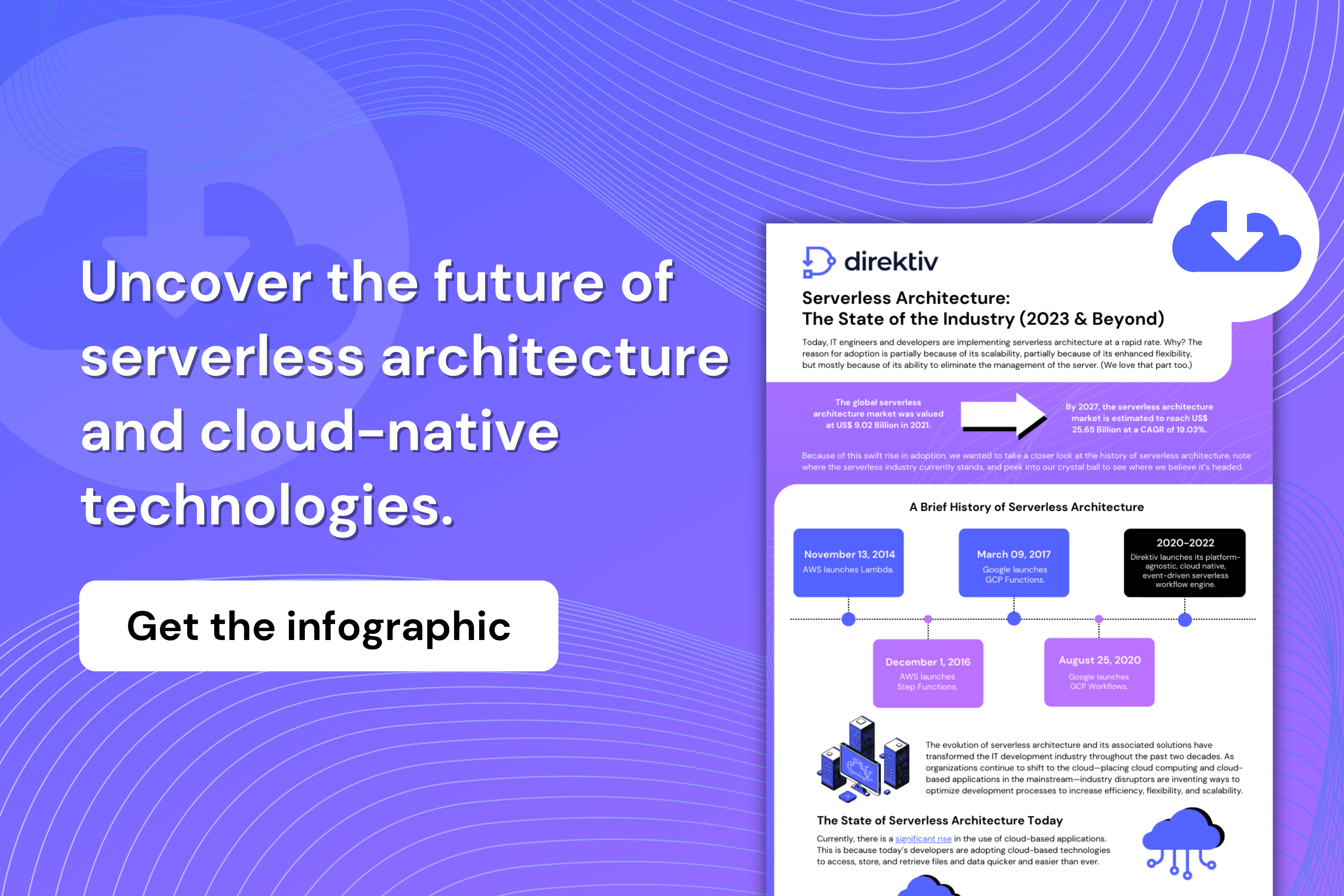Microservices Architecture: 3 Tips to Gain Leadership Buy-In

Monolithic architecture and legacy development systems are slow, clunky and create immense friction among engineers and development teams. You’ve likely experienced the lack of scalability, the unreliability, and the constraining of technologies that are already used in monoliths. Oof, we feel your pain. However, these frustrations often go unnoticed by or unreported to management. And there’s another pain point for you. 🙄
Enter microservices architecture. ⚙️
In contrast to monolithic architecture, microservices enable changes to be made throughout a network without impacting associated systems. This makes it easier for IT engineers to build and scale apps. Even Atlassian says, “Adopting microservices often goes hand in hand with DevOps, since they are the basis for continuous delivery practices that allow teams to adapt quickly to user requirements.”
Great! So just adopt microservices architecture and all of your monolithic issues will disappear, right? Wrong. If management is unaware of the issues brought about by monolithic architecture, what will cause them to notice the benefits of microservices? The truth is, in order to get leadership buy-in, engineers need to make a business case. Luckily for you, we’re sharing four tips for getting leadership buy-in on microservices architecture.
1. Give Em’ What They Want… Data
Managers and c-suite executives are all about making strategic moves based on data. So here’s a tidbit of data you can leverage to your advantage: the microservices architecture market will reach 21.67 billion USD with a CAGR of 18.6% by 2030.
(Source: Giphy)
Why should business stakeholders give a hoot? Because this data proves that not implementing microservices architecture will become a hindrance to your company’s success. In fact, within the past year, 85% of engineers from large enterprises (5,000+ employees) report that they are currently using microservices. Adopting microservices architecture is no longer a luxury, it’s a business imperative.
2. Emphasize the Benefits and Business Value of Microservices Architecture
When it comes to showcasing the benefits of microservices to business stakeholders, it’s important to focus on the business-related value that they bring. So instead of talking about the technical aspects and advantages of microservices architecture, talk about something like how microservices enable faster deployment times. What’s the business value of this scenario? Faster time to deployment leads to a better customer experience, the opportunity to outpace competitors, and a lessened chance of service interruptions.
(Source: Giphy)
The key here is to align all the benefits of microservices with business goals and objectives. Below are a few examples:
- Microservices increase scalability. ➡️ This allows businesses to scale to meet growing customer demands.
- Microservices can be programmed in any language. ➡️ Organizations don’t need to hire experts in certain programming languages, instead they can hire citizen developers, saving resources.
- Microservices architecture generates a faster time to market. ➡️ Enterprises can go to market faster than competitors.
3. Focus on the ROI of Microservices
Whenever organizations are preparing to make a shift from legacy systems to modernized technologies like microservices, there’s usually a bit of hesitation from leadership. The fear typically derives from the contemplation of whether the organization will be able to generate revenue post-adoption of this new technology. Or, another fear is that the cost of migrating to modern systems and solutions will outweigh the return on investment.
(Source: Giphy)
While it’s important to note that the ROI of microservices will differ from one organization to the next, there are a few key ways to measure your ROI. Below, we’ve listed a few ways microservices architecture yields a powerful return on investment:
- Minimizes the cost and effort put into debugging
- Speeds up the time for delivery and organizational productivity
- Provides the agility to meet consumer demands and scale the business
If you want to get into the nitty gritty of determining the ROI, DZone came up with this formula:
ROI of Microservices Architecture = Cost of Migration – (((Maintenance Cost + Revise cost + Release cost) + Customer Revenue loss + Lost Opportunities))
Essentially, this formula takes into account the costs associated with migrating to microservices and the current failures you may be experiencing without already having microservices, such as customer revenue loss.
Final Thoughts
Gaining leadership buy-in when it comes to adopting microservices architecture really comes down to the hard-hitting numbers. Leadership wants to hear the answer, “yes” to all of these questions:
- Will this migration correlate to increasing profits?
- Will microservices improve business performance and productivity?
- Will we beat our competitors in terms of market share?
That’s why it’s critical to make a business case for microservices architecture. After all, making the jump from monolithic architecture to microservices architecture is steadily becoming a business requirement, not just a developer’s nice-to-have.
Discover how you can scale the enterprise via event-driven orchestration based on microservices—discover Direktiv.

.png)

